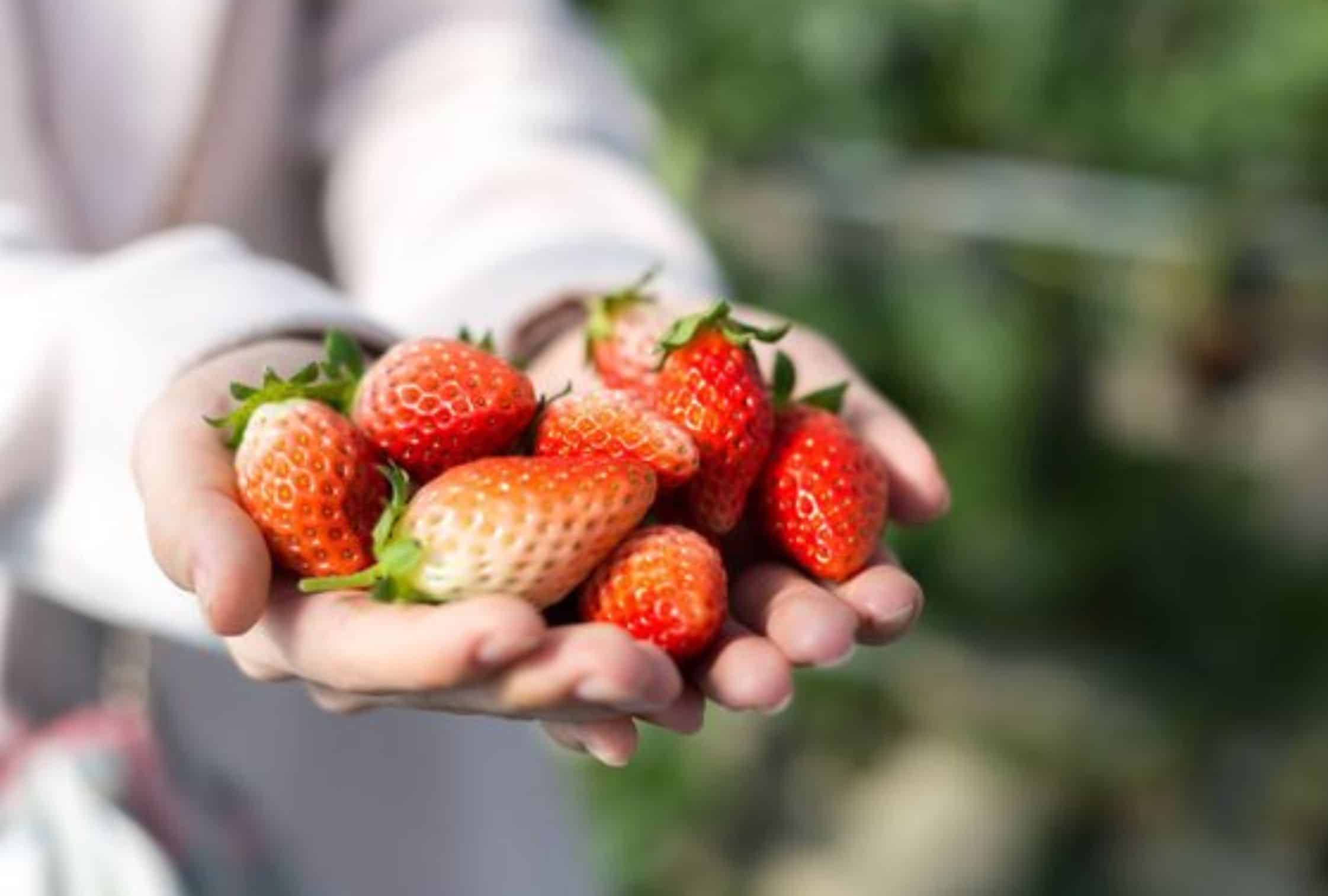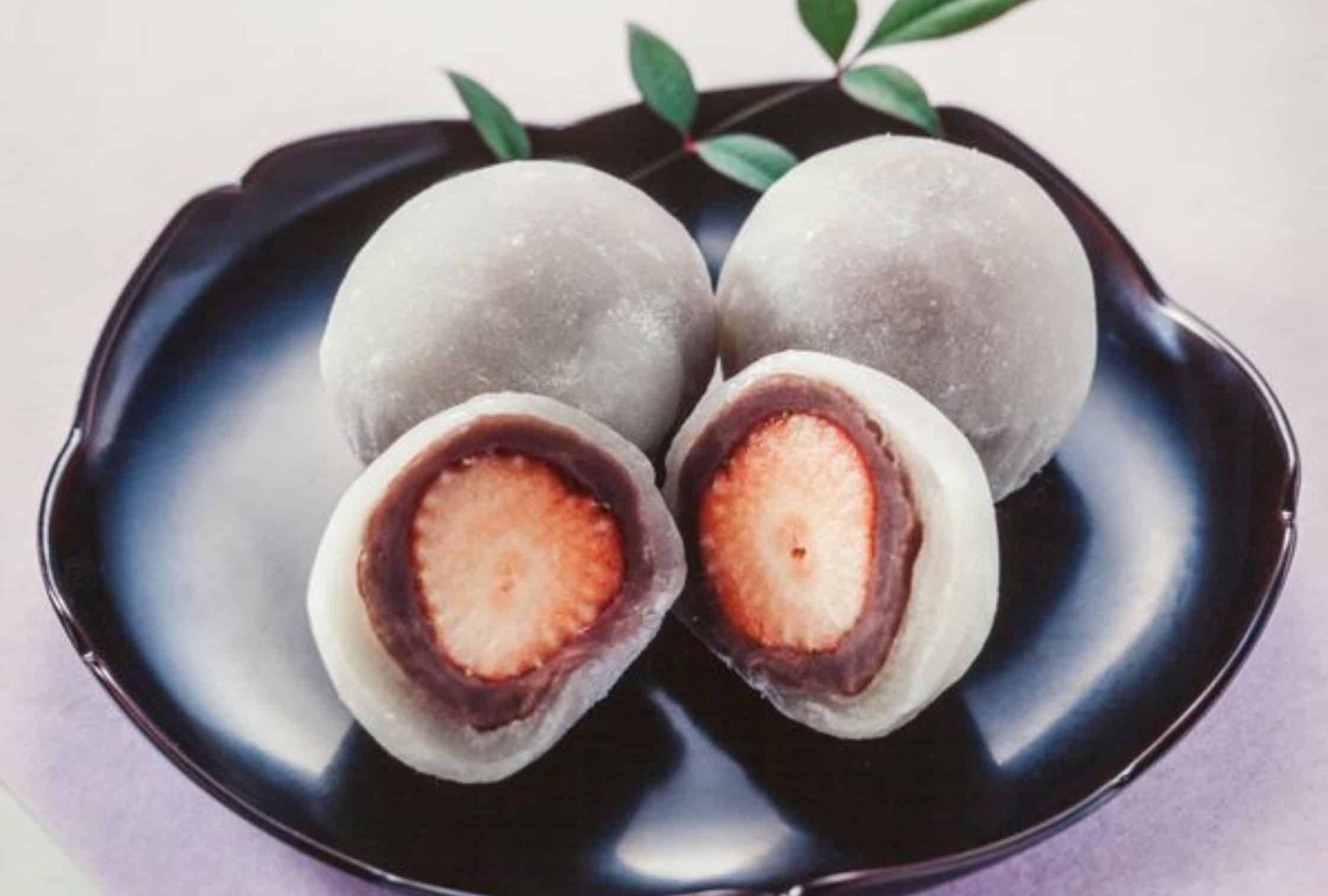Let’s go on a winter gastronomic adventure in Japan. In winter, the land of the rising sun is a magical wonderland with a serene, picturesque landscape draped in a pristine blanket of snow. Winter food in Japan beautifully reflects the cultural richness of the season. This is when comfort food, symbolism, and togetherness converge, crafting an unforgettable experience for all.

Culinary delights in Japanese winter will warm the soul and celebrate the season. An array of dishes highlights the cultural richness of the season. Everyone goes on a food adventure in Japan, and in this article, we feature culinary delights in Japanese winter. From Osechi Ryori to steaming hot pots and juicy fruits, winter food in Japan is not to be missed.
A Winter Gastronomic Adventure in Japan
Winter Food in Japan: Hot Pot



Nabe is a Japanese-style hot pot with various ingredients placed in one pot with some broth and cooked over a heating element. Sukiyaki can even be considered a type of nabe, but its ingredients are dipped in a dish of raw egg before eating (see below). Sukiyaki typically features thinly sliced marbled beef, such as ribeye or sirloin. The quality of the beef plays a significant role in the dish’s taste and texture.
Other popular ingredients in a sukiyaki’s sweet and savoury soy sauce-based broth include silken tofu, Napa cabbage, shitake mushrooms, enoki mushrooms, green onions and other seasonal vegetables. You will receive a small bowl of beaten raw egg in Japan with your sukiyaki. Before eating, cook your ingredients to your desired doneness in the hot pot and dip them into the raw egg. This adds a creamy texture and tempers the sweetness of the broth.
Sukiyaki has regional variations in Japan. In the Kanto region (including Tokyo), the meat and vegetables are often simmered in a skillet. In contrast, in the Kansai region (including Kyoto and Osaka), each ingredient is individually dipped into the hot broth before eating. There is another popular dish called shabu-shabu. The star of shabu-shabu is the meat, which is very thinly sliced. Place the meat in the boiling pot until cooked, then dip in sauce before eating.
Winter Food in Japan: Oden



Oden is a popular hearty dish during the winter months. Oden is often translated into Japanese fish cake strew. It contains various ingredients like fish cakes, daikon radish, boiled eggs, and konnyaku (a jelly-like substance) simmered in a soy-based broth. To find oden, go into a convenience store, supermarket or a department store’s food court during winder. You may also stumble across street stalls selling oden.
Oden has a brownish appearance, which can be unappealing. The colour comes from the nerimono, a blanket term for fish cakes and balls. Despite the look, the nerimono is tasty and worth a try. Look out for konnyaku. It is a jelly made from konjac, a zero-calorie root vegetable (yes, it’s keto-friendly). Konjac rose to popularity as a diet-friendly superfood that is high in a type of fibre. You can even find it sold in Malaysian supermarkets that cater to Japanese expats.
Winter Food in Japan: Tofu



Tofu has comforting and warming properties and is especially well-suited for winter dishes in Japan. It can be found in hot pots, soups, and rice bowls. One of the most well-known winter nabe dishes featuring tofu is “yudofu” or “tofu hot pot,”. Here, tofu is gently simmered in a savoury broth and then dipped in soy sauce-based condiments. t is often served with dipping sauces, such as soy sauce mixed with grated daikon radish and green onions, which complement the mild, creamy texture of the tofu. This dish is trendy in Kyoto.
During the winter, agedashi tofu is enjoyed piping hot. It features deep-fried tofu cubes served in a flavourful dashi-based sauce and garnished with grated daikon radish and bonito flakes. Tofu steak is a hearty and satisfying dish where thick tofu slices are pan-fried until they develop a crispy exterior. This dish is often served with a savoury sauce, such as a mushroom or miso sauce, and can be exceptionally comforting on cold winter days.
Culinary delights in Japanese winter: Strawberries



In Japan, the strawberry crop peaks in wintertime. This is a chilly season of picture-perfect berries, the most immaculate ones selling for hundreds of dollars apiece. Japanese farmers are experts in producing high-quality strawberries during the winter months. Japanese winter strawberries are known for their deep red colour, firm texture and pricey price tag. These luscious red fruits are incredibly juicy and sweet. Strawberry varieties in Japan are sold with whimsical names like Beni Hoppe (red cheeks), Koinoka (the scent of love) and Bijin Hime (beautiful princess).
Look out for Amaou strawberries, grown in the Fukuoka Prefecture, which are significantly larger than other strawberries on the market. These berries are considerably sweeter and have a milder sour flavour than regular strawberries. You can easily find strawberry cake sold during Christmas in Japan. Japan strawberry cake is made of round sponge layers covered with whipped cream, with strawberries between the layers and on the top. The combination of red and white is considered auspicious, and this cake symbolises economic prosperity.
Culinary delights in Japanese winter: Fruits



Mikan is an easily peeled, seedless mandarin orange. This is one of the few fruits exported from Japan in large quantities. Mikan is usually eaten in winter in Japan and can easily be found in supermarkets. Japanese homes would place mikan on a kotatsu, a low table with a futon placed over it. An electric heater is attached under the kotatsu, keeping your lower body warm. Japanese families would gather around kotatsu on cold winter evenings to chat and eat mikan.
Japanese yuzu is another fruit that comes into season during winter. Yuzu is almost inedible, full of seeds and has very little juice. However, its fragrant zest is used to garnish almost any dish, from fish, noodles, and meats to sweets. If you encounter a traditional yuzu bath, seize the opportunity for some serious pampering. Yuzu’s fresh, citrusy aroma relaxes the body and mind, easing aches, relieving stress, and soothing sore muscles. This bath is also believed to ward off colds and viruses.
Kaki is another Japanese fruit that can be found in autumn and winter. It is a red-orange fruit known as Japanese persimmons. There are generally two types of kaki fruits – the non-astringent kind and the astringent kind. The non-astringent type is often eaten fresh, maybe on a cheese board or tossed in a salad or with honey on toast. The astringent type of kaki is eaten when wholly ripe and is often used in cakes and puddings as a topping for yoghurt.
Culinary delights in Japanese winter: Sweets



Mochi, also known as omochi, are rice cakes that can be eaten at any time of the year. Japanese enjoy toasted mochi during the colder months, and many temples and community centres will have mochi-making days from late autumn until New Year. Mochi was traditionally made with a wooden hammer in a wooden or stone bucket. It’s time-consuming, back-breaking work that requires excellent coordination and many hands. Search for the world’s fastest mochi pounders” videos on YouTube.
Mochi can be served lightly roasted. After roasting, the mochi is dipped into water and coated with kinako, roasted soybean powder. The roasting and the kinako add an extra layer of richness and depth. Mochi is also often added to ozouni, a traditional New Year’s soup. This soup may be clear dashi or miso broth, depending on where you are in Japan. It is often made with chicken, carrots, shiitake mushrooms, daikon, and tofu. Ozouni represents longevity because of the stretchiness of the mochi. Ozouni usually features in Osechi Ryori (see below).



Another winter dish is hot shiruko, red azuki bean soup with mochi balls. The soft, half-melted mochi balls, combined with the sweet azuki bean soup. You may be given a salty umeboshi (pickled plum) with the shiruko. Nibble on the umeboshi to offset the almost cloying sweetness of the shiruko.
In the snowier regions, especially Hokkaido, hot beverages like “amazake” (a sweet, low-alcohol sake) and roasted sweet potatoes served from street vendors are popular winter treats. Also, look for “yakiimo” (roasted sweet potatoes) for a heart-warming, satisfying, healthy snack.
Food Adventure in Japan: Osechi Ryori



New Year in Japan is celebrated with various dishes, each with an auspicious name for good fortune. This is called Osechi Ryori, an integral part of the Japanese New Year’s celebration, known as “Oshogatsu, and eaten during the first few days of January. Each dish in Osechi Ryori has symbolic significance, often associated with wishes for health, prosperity, longevity, and happiness. The selection of ingredients, colours, and presentation is done with great attention to detail to ensure everything is in harmony with these wishes.



As you can expect, Osechi Ryori is beautifully presented, typically served in multi-tiered lacquer boxes called jubako. The different layers of these boxes hold other dishes, each with its meaning. The presentation of the dishes is as important as the taste. Popular Osechi Ryori dishes include:
- Kazunoko: Herring or herring roe, symbolising a bountiful harvest and prosperity.
- Tazukuri: Candied sardines representing a wish for a good harvest.
- Kuromame: Sweet, simmered black soybeans, signifying good health.
- Kinton: Sweet chestnuts and sweet potatoes cooked in a sweet syrup, symbolising wealth.
- Datemaki: Sweet rolled omelette, thought to bring good fortune.
- Nimono: Simmered vegetables, often including carrots and lotus root.
- Ebi (shrimp): Symbolizes longevity due to the curvature of the shrimp’s back.
The specific dishes and their preparation can vary by region and family. Different parts of Japan would have their own Osechi Ryori traditions and variations. Preparing Osechi Ryori is time-consuming and labour-intensive, often involving several days of cooking and preparation. However, you can find ready-made Osechi Ryori in department stores and restaurants.
Japan’s winter cuisine is a feast for the senses, with its warm and comforting dishes that are made with fresh seasonal ingredients. From the hearty nabe hot pots of Tokyo to the delicate kaiseki meals of Kyoto, there is something for everyone to enjoy.
Whether you are a foodie looking for new culinary experiences or simply someone who appreciates a good meal, a winter gastronomic adventure in Japan is sure to leave you satisfied. With its rich culinary culture and abundance of delicious dishes, Japan is the perfect place to savour the winter season.
Enjoy your winter gastronomic adventure in Japan!
REACH OUT TO US AT +603 2303 9100 OR
[email protected]
You may also be interested in:
